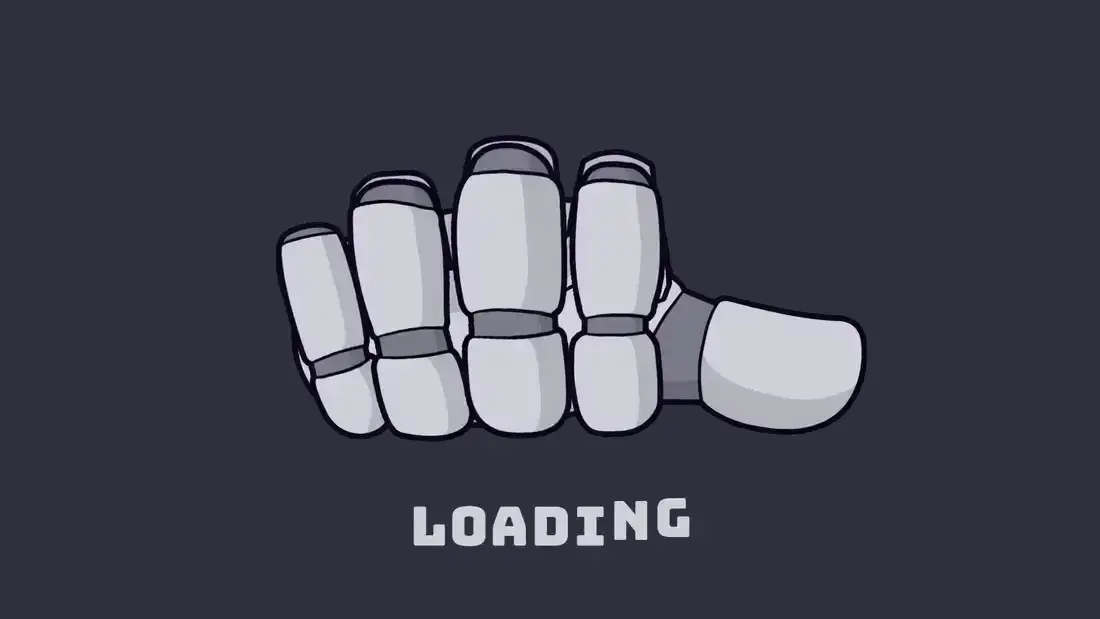▼ Latest
Sleep schedule optimization
Free mode
100% free
Freemium
Free Trial
Other tools
-
 Generates personalized, adjustable study schedules tailored to your unique preferences.Open441414Released 29d ago100% Free
Generates personalized, adjustable study schedules tailored to your unique preferences.Open441414Released 29d ago100% Free -
43990133Released 11mo ago100% FreePaulo Massagem e TerapiasOct 30, 2025@Timetables GeneratorNot really what I was looking for. But did a good job
-
953325Released 1mo ago100% Free
-
 Create cinematic scenes of tech dependency.Open292111Released 1mo ago100% Free
Create cinematic scenes of tech dependency.Open292111Released 1mo ago100% Free - Sponsor:Rocket - Vibe Coding
-
 Craft AI-powered TV schedules for Brazilian viewers.Open2882227Released 1y ago100% Free
Craft AI-powered TV schedules for Brazilian viewers.Open2882227Released 1y ago100% Free -
851312Released 9mo ago100% Free
-
3612058Released 1y ago100% Free
-
66129Released 9mo ago100% Free
-
 Your AI fasting coach for smarter eating windows.Open1587Released 2mo ago100% Free
Your AI fasting coach for smarter eating windows.Open1587Released 2mo ago100% Free -
 AI-powered task manager that adapts to your work style.Open2573849Released 1y ago100% Free
AI-powered task manager that adapts to your work style.Open2573849Released 1y ago100% Free -
678147194Released 1y ago100% Free
-
1412328Released 11mo ago100% Free
- Didn't find the AI you were looking for?
-
35787102Released 1y ago100% Free
-
146118Released 6mo ago100% FreeArtist Tips for Better Results with Somnira Canvas: To help Somnira Canvas render the most compelling and emotionally resonant figures—whether human or animal—users are encouraged to guide the tool with poetic, suggestive phrasing rather than highly technical descriptions. This helps maintain harmony with the platform’s expressive strengths. For human figures, try emotion-based posture phrases like “curled in sorrow,” “reaching toward a fading light,” or “kneeling in wind.” Favor mood-based modifiers over anatomical specifics, such as “a silhouette bathed in dusk” or “a quiet figure in motion blur.” For animals, use mythic or metaphorical phrasing like “a fox made of stars,” “a deer outlined in frost,” or “a lion woven from dusk and gold.” Avoid strict biological realism unless intentionally stylized (e.g., “cubist owl,” “ink-drawn heron”). Best practices include specifying camera perspective or body angle with terms like “3/4 view,” “top-down shot,” or “over-the-shoulder,” and adding atmospheric cues such as “drifting in chalk mist,” “outlined by candlelight,” or “carved in shadow.” You can also add emotion-based tags directly into the prompt—words like “longing,” “grief,” “stillness,” or “wonder” will guide the aesthetic and expressive qualities of the final artwork.
-
1744444Released 3mo ago100% Free
Post



